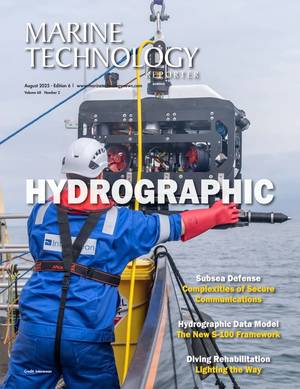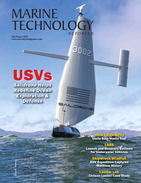Deep Sea Mining: The New Frontier
Prospecting for metals beneath the oceans surface is not entirely new. During the 1960’s and 70’s the ocean floor mining of manganese nodules was a popular practice, but there is now a new branch of marine mining in deep-sea volcanic areas that are seeing a rise in interest. As technology changes and evolves allowing us to reach, work, and harvest in the world’s deepest parts of the ocean, mining companies are now turning their attention to seafloor massive sulphides (SMS), rocky ore deposits containing copper and gold. There are several companies using ROV technology that are at the forefront of deep sea mining including Neptune Minerals an Australian based company, and Nautilus Minerals based in Canada. ROV’s are used to cut and lift deposits while areas around the deposit are vacuumed and contents are piped back to the vessel.
These deposits are found in hot springs on the sea floor that are associated with volcanic venting centers similar to hot springs on land. Water percolates through the crust from deep-sea vents reaching temperatures between 572 and 932 degrees Fahrenheit (300 to 500 Celsius). Water is heated in these hydrothermal vents and then flows through “black smokers”, chimney like structures located at these vent sites. Under very high temperatures the seawater will pick up metals from the rocks. When the heated seawater reacts with colder ambient sea temperatures the PH and temperature are changed causing metals to fall to the seabed creating mineral deposits.
There could be potential impacts in deep-sea mineral extraction according to some scientists and conservationists. Currently the International Seabed Authority is responsible for developing the “Mining Code” which refers to the whole of the comprehensive set of rules, regulations and procedures issued by ISA to regulate prospecting, exploration and exploitation of marine minerals in the international seabed area. Currently this code is not complete. Scientists have found that in some instances vents have been around for 5,000 years or more and they are not clear on how the local ecosystem will respond to mining operations.









 August 2025
August 2025



